Long before smartphones and social media, life moved at a different pace, accompanied by sounds, sensations, and rituals that have largely disappeared. The 1970s had a texture all its own—a unique sensory landscape that anyone who lived through the decade can recall with startling clarity. These weren’t the big historical moments or cultural milestones, but rather the small, everyday experiences that formed the backdrop of our lives. The tiny inconveniences we tolerated, the simple pleasures we cherished, and the quirky technological workarounds we barely noticed at the time have now become powerful triggers for nostalgia. Let’s revisit some of those little things that made the ’70s feel like home.
1. The Distinctive Click and Whirr of an 8-Track Changing Programs
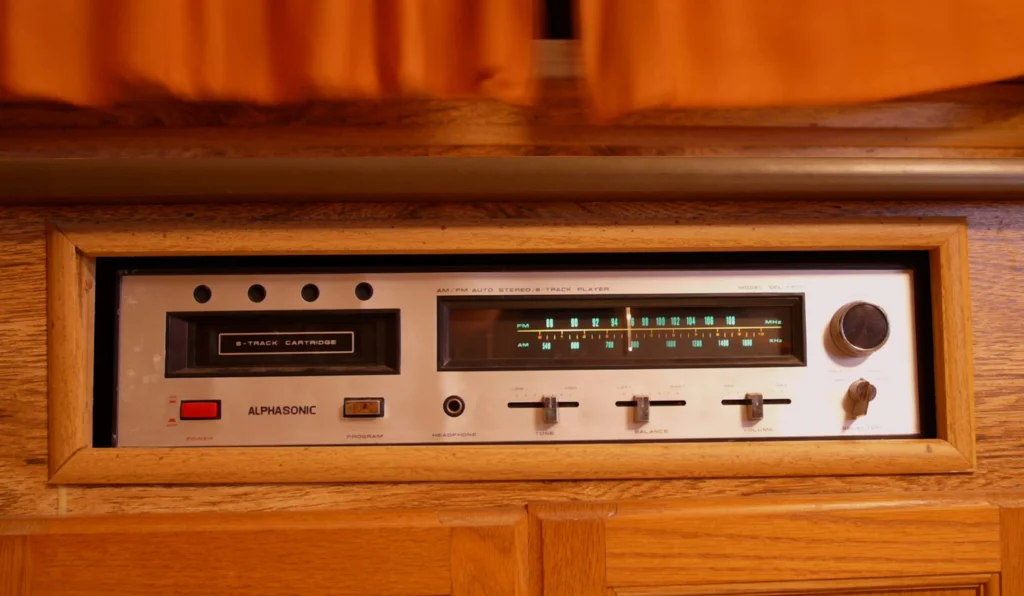
Nothing says “road trip in the ’70s” quite like the distinctive ka-CHUNK of an 8-track tape changing programs mid-song. These bulky cartridges divided albums into four “programs” rather than individual tracks, often interrupting songs at the most inopportune moments. The mechanical sound of the playhead shifting positions became so familiar that we’d sometimes sing right through the interruption, barely missing a beat as Lynyrd Skynyrd’s “Free Bird” solo was momentarily paused before continuing in the next program. EverPresent traces the history of this trendy device.
The ritual of 8-track ownership came with its own quirks—the slight warble as the tape aged, carefully inserting a matchbook to improve the sound quality, or the player “eating” your favorite tape after one too many plays. Despite their flaws, 8-tracks represented musical freedom, especially in our cars, where we’d proudly display our collection in specially designed carrying cases with their colorful spines showing through the clear plastic windows. The technology was clunky and imperfect, but the joy of having your own personal soundtrack was worth every interrupted chorus and tangled tape.
2. Waiting for the TV to “Warm Up”
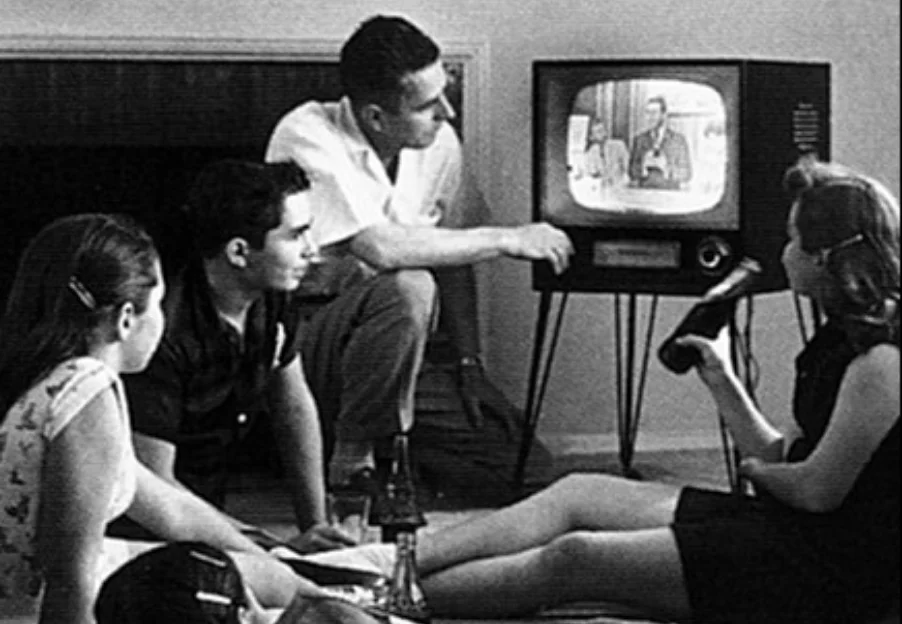
Before instant-on technology, turning on the television was an exercise in patience as the vacuum tubes needed time to warm up. Flipping the heavy click switch would first produce a bright dot in the center of the screen, which would gradually expand into a full picture over several seconds. This brief waiting period created a sense of anticipation for whatever program we were about to watch, a small ritual that made television viewing feel like an event rather than background noise. Business Insider traces the history fo the TV through the early years.
The warm-up period came with its own sensory experience—the distinctive electronic smell of dust burning off the tubes, the static electricity that made the screen attract dust, and the soft high-pitched tone only kids could hear. TV sets were furniture in those days, massive wood-encased monuments to entertainment around which living rooms were arranged, and their operation required a certain reverence and routine. When the family gathered to watch “The Carol Burnett Show” or “The Wonderful World of Disney” on Sunday night, those few seconds of warm-up time allowed us to settle in, distribute TV trays, and prepare for a shared experience that now seems quaintly ceremonial.
3. Adjusting the Rabbit Ears for Better Reception
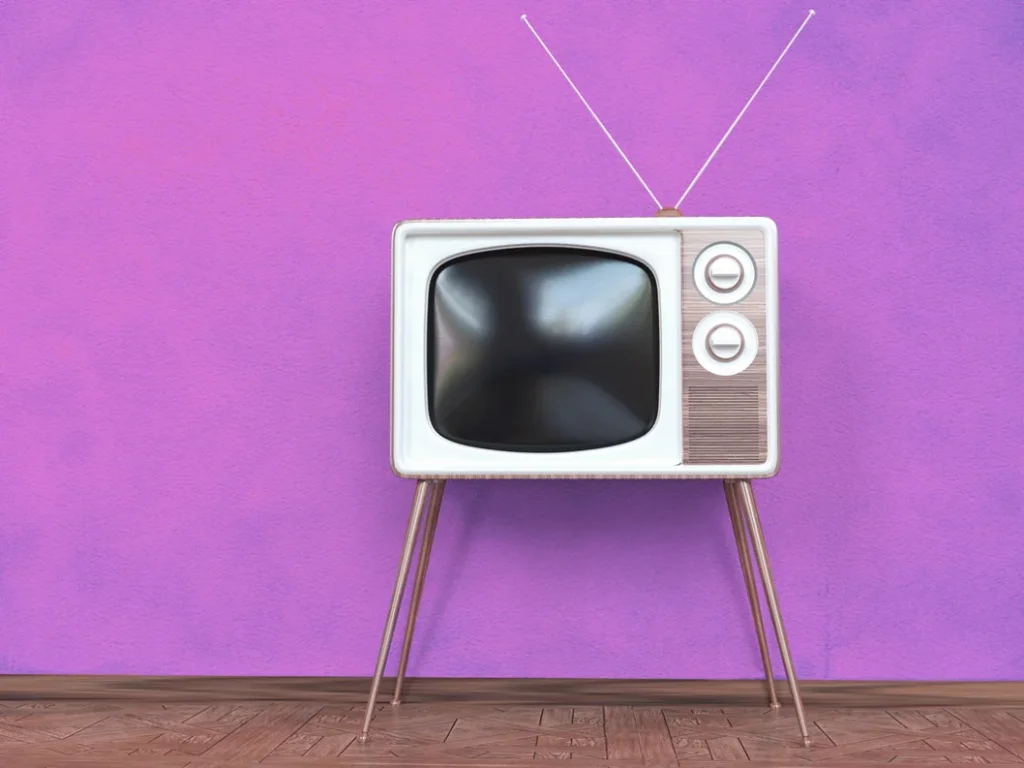
Before cable became ubiquitous, television reception was something of an art form, requiring skills passed down through generations. The aluminum rabbit ears antenna atop the TV needed constant adjustment, often involving creative approaches like strategic placement of aluminum foil, wire hangers, or even a family member serving as a human antenna. Finding the sweet spot that cleared up “I Dream of Jeannie” often meant freezing in an uncomfortable position until the commercial break, lest you ruin the picture for everyone. HDTV Primer goes into the finer details of how these worked.
The familiar phrase “a little to the left… too far… back a bit… hold it right there!” became a household mantra, especially during inclement weather when the signals weakened. Each channel had its own idiosyncrasies, requiring different antenna positions and often documented on handwritten notes taped to the TV. The reward for this effort was three or four watchable channels (if you were lucky), a far cry from today’s endless streaming options. Yet there was something satisfying about earning your entertainment through technical ingenuity, a small victory against the limitations of ’70s technology.
4. The Phone Cord That Never Quite Untangled
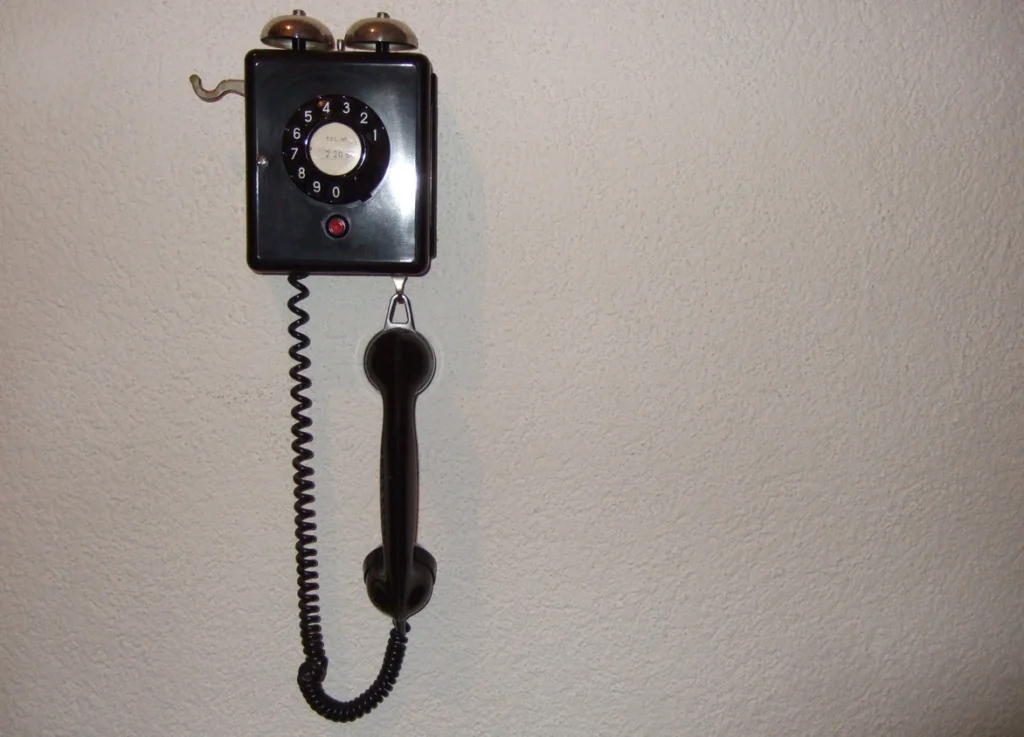
In the era of rotary phones with cords, having a private conversation meant stretching the spiral cord as far as possible from the kitchen wall where the family phone resided. These cords invariably became twisted, tangled monstrosities that, despite our best efforts to straighten them, always reverted to their knotted state. The longer you talked, the more the cord would wrap around furniture legs, doorknobs, or your own body, creating a tethered dance of adolescent phone etiquette.
The physical limitations of the corded phone created their own social dynamics—siblings hovering within earshot, parents picking up the extension, or the dreaded “time to get off the phone” warning after too many minutes tied up the line. For teenagers, mastering the art of the stretched cord meant finding that perfect spot—often in a closet or behind a couch—where some semblance of privacy could be achieved. The ultimate status symbol was having your own phone in your bedroom, though the princess phone or Mickey Mouse novelty design still came with the same tangled cord, connecting us to friends while keeping us firmly anchored to the wall.
5. The Water-Ski Jump of the Record Player Needle
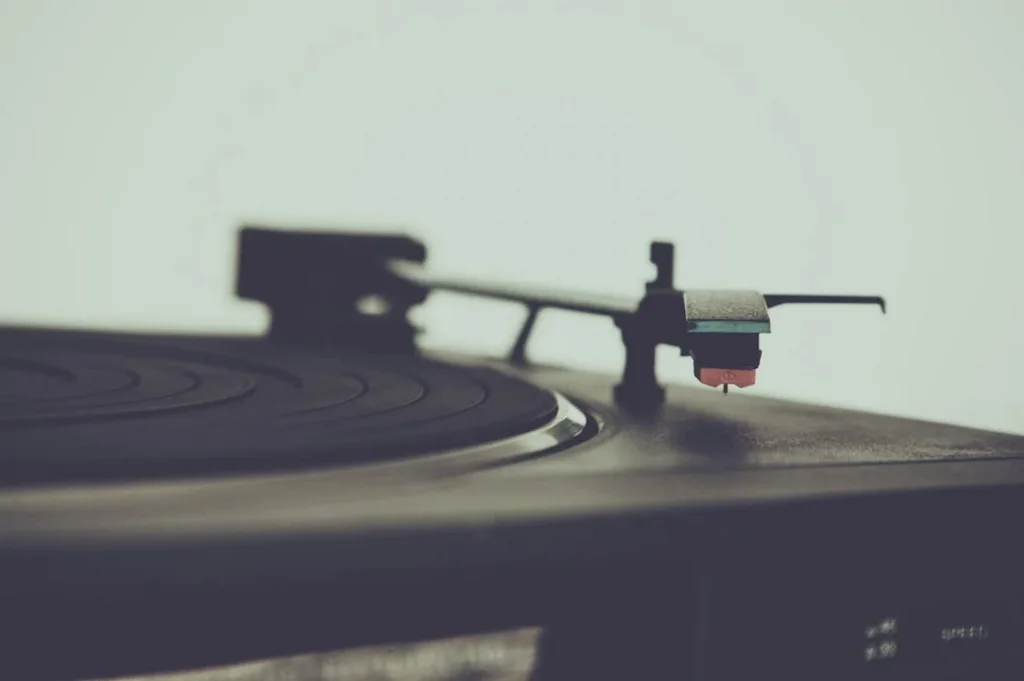
Few sounds inspired more panic than the scratch of a record player needle skipping across your favorite album. Whether caused by a bumped table, warped vinyl, or an overly enthusiastic dance move, the heart-stopping moment when the needle jumped its groove meant potential permanent damage to both record and stylus. The distinctive zippp-zippp-zippp sound instantly cut through any conversation, sending the record’s owner diving across the room to rescue their precious vinyl.
Proper record care was a ritual unto itself—the velvet brush to remove dust, handling discs only by their edges, and carefully returning albums to their sleeves immediately after playing. Despite these precautions, most of our favorite records accumulated their share of pops, hisses, and scratches, becoming audio fingerprints that we knew by heart. These imperfections became so familiar that when we heard the same songs on the radio without these flaws, something felt missing. Today’s digital perfection may be convenient, but it lacks the personality and history embedded in those vinyl battle scars.
6. Saturday Morning Cartoon Marathons

Long before 24/7 children’s programming, Saturday mornings were sacred territory reserved exclusively for cartoons. The Friday night preparation was part of the ritual—setting out the preferred cereal for easy access, arranging pillows and blankets in the optimal viewing position, and perhaps most importantly, negotiating with siblings over the viewing schedule. The marathon would begin at dawn and continue until the dreaded programming shift to sports or news around noon, marking the official end of childhood’s weekly holiday.
The experience was an exercise in stamina and strategy—balancing bathroom breaks during the less interesting shows, rationing sugary cereal to last the full morning, and developing elaborate systems for taking turns with the volume control. Parents often granted unusual freedom during these hours, grateful for the opportunity to sleep in while their children were thoroughly entertained. The knowledge that this cartoon bounty came just once a week made the experience precious in a way that on-demand streaming can never replicate, creating a shared cultural touchstone for an entire generation who can still sing every commercial jingle from those magical mornings.
7. The Satisfying Chunk of a Push-Button Light Switch
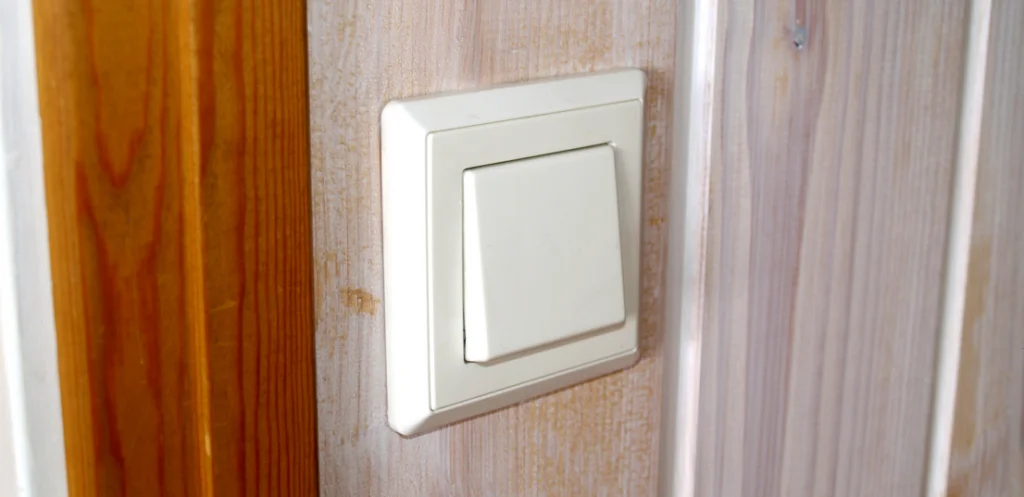
Before sleek toggle switches and digital controls, many ’70s homes featured chunky, rectangular push-button light switches that required a satisfying amount of pressure to activate. These mechanical marvels made lighting a room feel substantial—the deep chunk sound providing auditory confirmation of your action. Often arranged in pairs or rows, these buttons became tactile landmarks in darkened hallways, their substantial size making them easy to find by touch alone.
The switches were often color-coded (black for “off,” white or ivory for “on”), creating an obvious visual cue about the light’s status. In some higher-end homes, these push-button panels included multiple buttons controlling different lighting zones or even home intercoms, bringing a space-age feel to suburban living rooms. Like many ’70s fixtures, these switches prioritized function over sleek design, with a robust construction that meant many are still functioning in older homes today. The simple pleasure of that decisive click represented a time when our interactions with home technology were physical and direct rather than virtual and voice-activated.
8. Tab Tops from Soda Cans

Before the stay-on tabs we know today, opening a can of soda or beer meant completely removing a metal ring-pull that then became an instant environmental hazard. These detachable tabs accumulated in car floorboards, between sofa cushions, and on beaches everywhere. The ritual of opening the can required a specific technique—insert finger, pull up and back in one smooth motion—followed by the satisfying psssshhht of carbonation release. The discarded tabs quickly found second lives as impromptu jewelry, zipper pulls, or fidget toys.
Creative recycling of these ubiquitous pieces of aluminum became something of a cultural phenomenon, with charity collection drives turning tabs into cash and summer camp crafts turning them into bracelets or belts. The environmental impact eventually led to the redesigned stay-on tab in 1975, though the removable version persisted well into the late ’70s. Today’s kids might find it hard to believe that we once casually detached and discarded a piece of metal every time we opened a beverage, but for those who grew up in the ’70s, the muscle memory of that particular motion remains locked in our fingers decades later.
9. Mood Rings Changing Colors
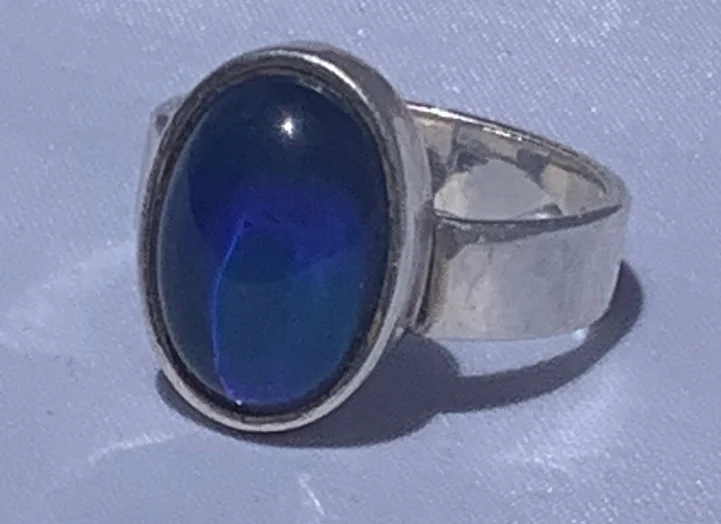
No ’70s fashion accessory better captured the decade’s fascination with emotions and self-expression than the mood ring. These temperature-sensitive gems supposedly revealed your inner feelings through color changes, though in reality, they mostly showed whether your hands were warm or cold. Nevertheless, we studied the accompanying color charts with scientific seriousness, announcing to friends that our blue-green stone meant we were “relaxed and happy” or worrying when the black shade indicated stress or anger.
The rings, typically set in chunky silver or gold-tone settings, became conversation starters and relationship barometers. “What’s your mood ring say?” was a legitimate icebreaker at school dances and roller rinks across America. The technology was simple—thermotropic liquid crystals that changed molecular structure at different temperatures—but the cultural impact was significant, reflecting the decade’s interest in personal growth and emotional awareness. Though most rings lost their color-changing abilities after a few months of wear, their brief moment of popularity represented the perfect marriage of pseudoscience and fashion that could only have happened in the self-obsessed ’70s.
10. The Specific Sound of Pulling Apart Velcro
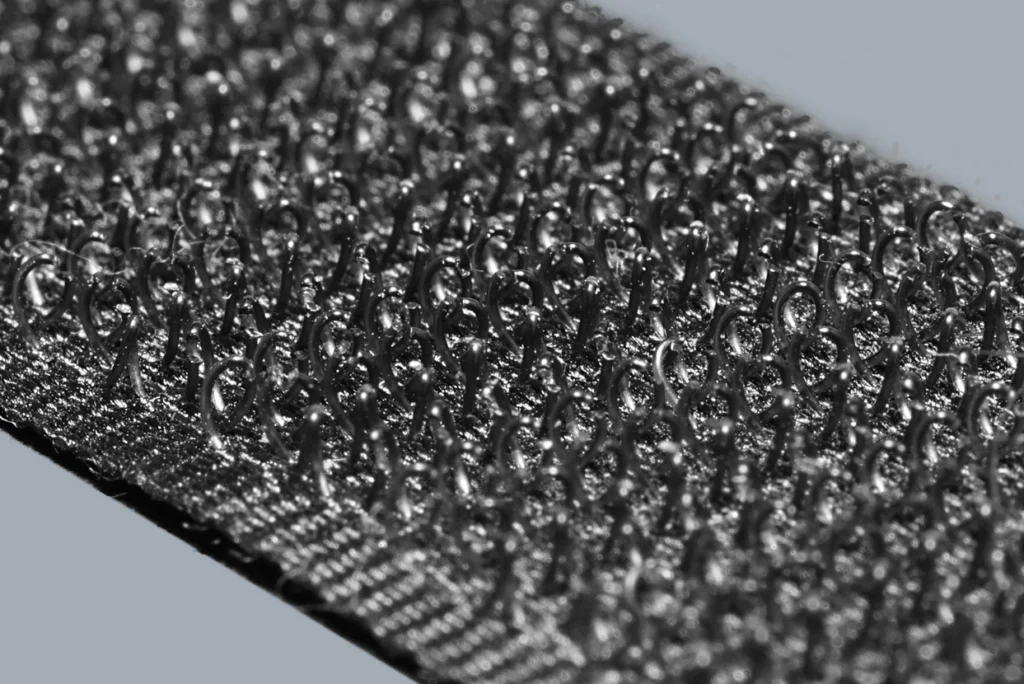
When Velcro became widely available in consumer products during the ’70s, its distinctive ripping sound became part of everyday life. From tennis shoes to wallets to watch bands, the hook-and-loop fastener offered an alternative to laces, snaps, and buckles that was both convenient and oddly satisfying. The sound was so unique and attention-grabbing that opening a Velcro wallet in a quiet classroom guaranteed all eyes would turn your way—making it equal parts practical fastener and acoustic announcement system.
For children still mastering fine motor skills, Velcro represented independence—shoes that could be secured without parental help and jackets that could be fastened without struggling with buttons. The technology that had helped NASA astronauts in space was now solving everyday problems on Earth, though the noise pollution it created was sometimes unwelcome. Churches, libraries, and formal occasions became places where the telltale sound of separating Velcro was met with disapproving glances, a small social constraint in the otherwise convenience-focused ’70s.
11. Rotary Dialing and Busy Signals
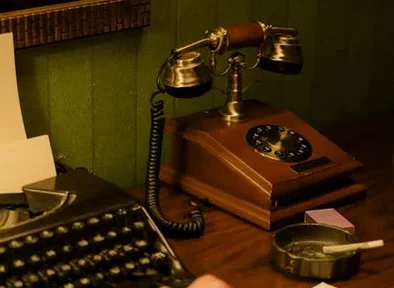
The physical act of dialing a telephone number on a rotary phone required commitment—inserting a finger into the appropriate hole and rotating the dial clockwise until it hit the metal stop, then allowing it to return counterclockwise with its distinctive whirring sound. Long numbers became tests of patience and memory, with a misdial forcing you to hang up and start the entire process again. The tactile satisfaction of this mechanical interface created a deliberate pace to communication that encouraged thinking before dialing.
Equally memorable was the busy signal—that alternating high-low tone indicating the person you were calling was already on their line. Without call waiting, voicemail, or text messaging, the busy signal was a firm technological “not now” that required acceptance. The only options were to hang up and try again later or, in urgent cases, to call the operator and request an emergency breakthrough. This limitation created natural boundaries around conversations and taught patience in an era before instant connectivity. The particular rhythm of that busy signal remains instantly recognizable to anyone who grew up with it, a Pavlovian trigger for mild disappointment and deferred communication.
12. TV Sign-Offs with the National Anthem

Before 24-hour programming, television stations actually went off the air each night, concluding their broadcast day with a ceremony that now seems quaintly patriotic. The familiar routine typically included the national anthem playing over footage of waving flags or American landscapes, followed by a station identification and patriotic message. Then came the distinctive test pattern or color bars accompanied by a steady tone—a signal that nothing more would be broadcast until morning.
This nightly ritual served as a technological bedtime, an official declaration that the day was over. Night owls who stayed up past the sign-off found themselves in an entertainment desert, left with nothing but static on every channel. For many households, the test pattern became the signal to finally turn off the set and go to bed, the monotonous tone sometimes continuing until someone got up to physically switch off the television. In an era of constant content and endless streaming, the idea that broadcasting simply stopped for several hours each night seems almost unimaginable, yet this daily pause was once as familiar as the programs themselves.
The beauty of these ’70s experiences lies in their shared nature—these weren’t just individual memories but collective touchpoints that connected us all. In today’s fragmented media landscape, with personalized playlists and on-demand everything, we’ve gained convenience but lost the common cultural thread these small inconveniences and pleasures once provided. The clicks, whirrs, and manual adjustments required to navigate ’70s technology created a physical relationship with our entertainment and communication devices that today’s frictionless interfaces have eliminated. Those little things—the waiting, the adjusting, the imperfections—didn’t just define an era; they taught patience, problem-solving, and appreciation in ways our instant-gratification world rarely demands. Perhaps that’s why we look back on these minor hassles not with frustration but with genuine fondness—they were the texture of everyday life that made the decade uniquely, wonderfully familiar.


